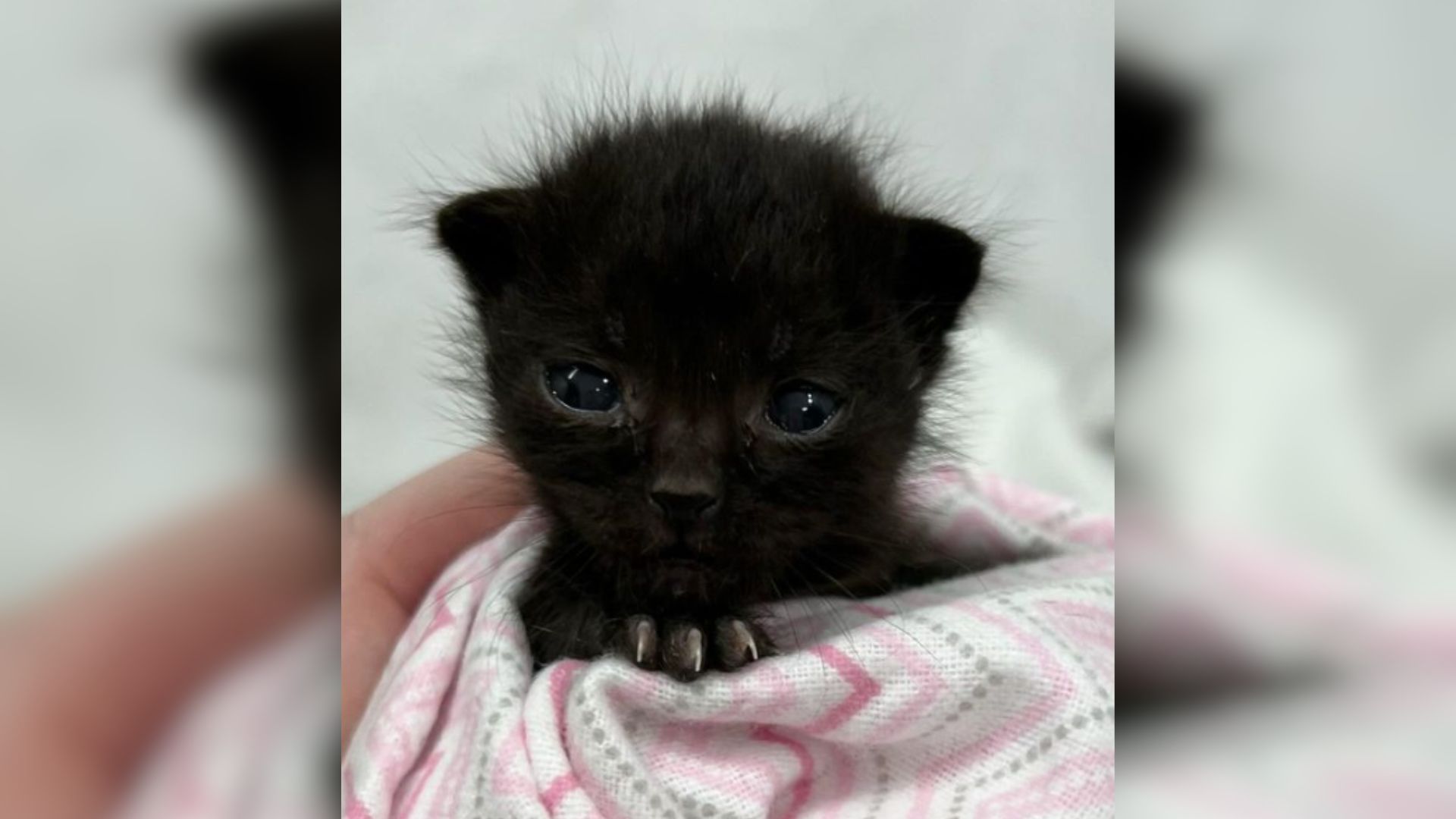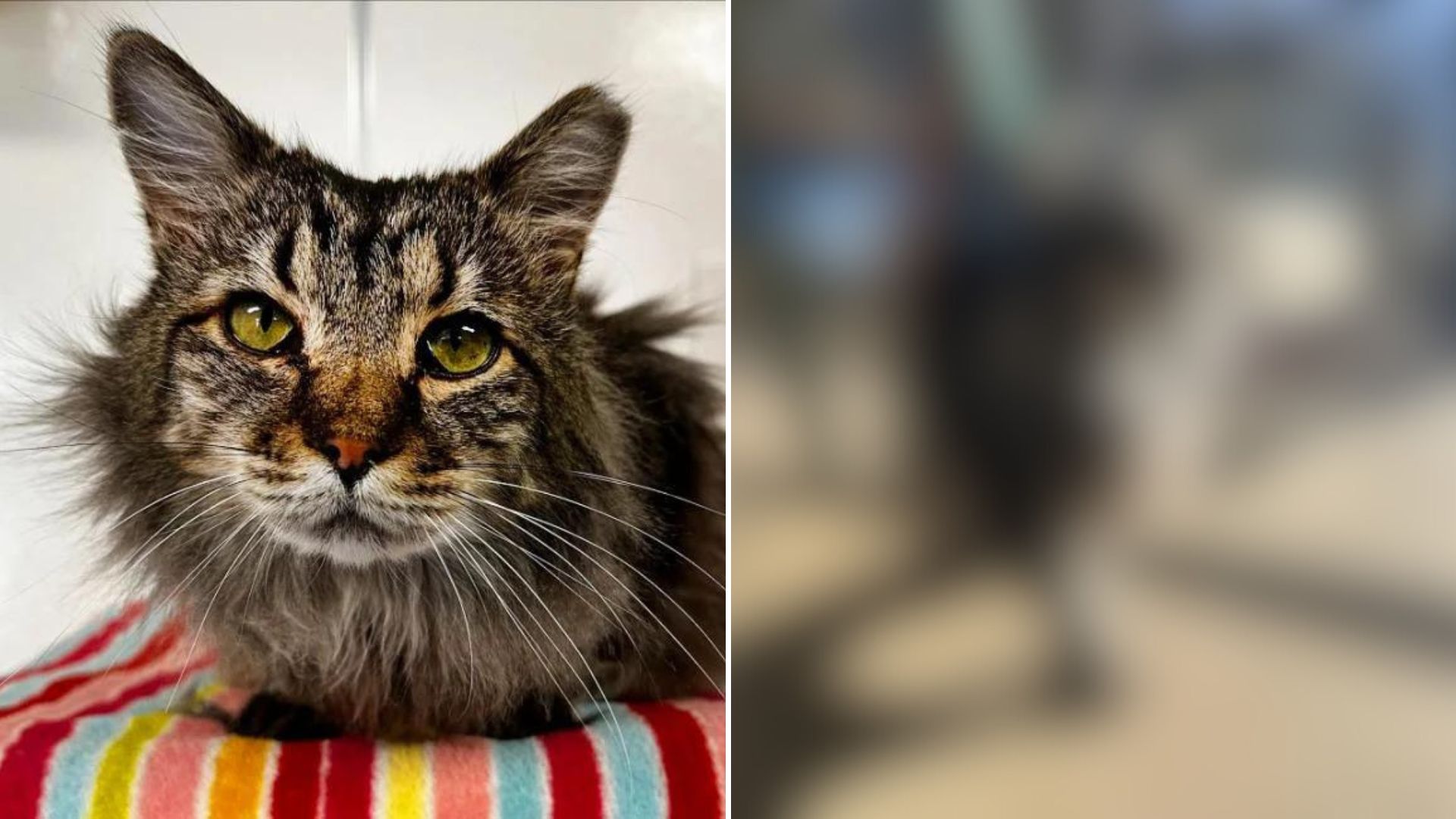
Red panda (Ailurus fulgens): a small mammal native to the eastern Himalayas and southwestern China.
AKA: the lesser panda, the red cat bear, and the firefox.
Kingdom: | Animalia
Phylum: | Chordata
Class: | Mammalia
Order: | Carnivora
Family: | Ailuridae
Genus: | Ailurus
Species: | A. fulgens
While they share their name with black-and-white giant pandas, they are not closely related. Previously, red pandas were classified as part of the Procyonidae family, which includes raccoons and their relatives. However, recent DNA studies indicate that red pandas represent a unique family that diverged from the rest of the Carnivore Order. Therefore, taxonomists placed them in their own unique family: Ailuridae.

Size and Weight:
Red pandas are 20 to 25 inches long, not including their tail. Their tail is 11 to 19 inches long. Females weigh 6 to 10 pounds, and males weigh 10 to 14 pounds.
Appearance:
The red panda has dense reddish-brown fur with a black belly and legs. It has white-lined ears, a primarily white muzzle and a ringed, bushy tail. They are well adapted for their arboreal habitat, using their bushy tail for balance and their long claws for gripping. The red panda’s cinnamon-red coat and cream-colored face mask provide camouflage among the red moss and white lichen that cover the tree trunks of their bamboo forest homes. The legs and belly shade black in striking contrast to their red coat.

Diet:
Like the giant panda, red pandas are bamboo-eaters. They are mostly vegetarian, with powerful molars for chewing on tough bamboo. Bamboo is not a great food source for energy and is hard to digest. Red pandas need to eat 20 to 30 percent of their body weight each day, about 2 to 4 pounds of bamboo shoots and leaves. Red pandas eat mostly bamboo leaves and shoots, acorns, and flowers. Bamboo stalks are eaten in the spring and fruit is enjoyed in the summer. They may also eat eggs, small birds and small rodents.
Habitat:
Red pandas live mostly in cool, temperate forests with a shrubby understory dominated by thick bamboo. In part of India, red pandas live in a tropical forests.
Geography:
Red pandas are found in small, isolated mountain territories in China, Nepal, India, Bhutan and Burma.

Breeding:
Breeding season occurs from January to April. During this time, red pandas come together in small groups. Cubs and adults may engage in social play, such as lunging, wrestling, and biting. Like giant pandas, the females are fertile for only one or two days a year, and there is a period of delayed implantation when the fertilized egg doesn’t implant or develop right away. She typically gives birth to cubs in the summer when their chances for survival are best. A few days before giving birth, the expectant mother begins to build a birthing den in a hollow tree, stump or rock crevice.
After a gestation period of 98 to 145 days, the mother gives birth to one to four cubs. They are born with thick buff and gray fur. They are vulnerable at birth with their eyes and ears tightly closed, so the mother keeps her cubs hidden in the den. For their first 7 to 10 days, the cubs’ only activity is nursing. They usually begin opening their eyes and ears at 2 to 3 weeks of age and nurse until 13 to 22 weeks old. As they grow, their wooly, gray hair changes to red. Their mother shelters her young in tree hollows and regularly moves them to new dens.
At 40 to 50 days old, the cubs are actively exploring the den, grooming and playing. Cubs venture from the den when about three months old. They begin to regularly eat solid food at four months old. By five months of age, they are almost as large as their mother. They are driven away by their mother when they are mature at 18 to 20 months old. At this time, the mother typically prepares to raise her next litter.

Social Structure:
Red pandas are largely solitary creatures but come together in pairs in the breeding season. They exchange information using scent glands, visual cues including “stare downs” with head bobbing, and a variety of calls. When they feel threatened, red pandas make an ear-splitting, grumbly barking sound. Adults use high-frequency twitters and low-frequency bleats during the breeding season.
They are most active in the early morning and late afternoon (crepuscular), spending most of the day resting in trees conserving their energy. When night falls, red pandas run through the trees to forage for food. During this time, males patrol their territory and scent mark it with urine as well as a secretion from the anal gland. Red pandas are mild-mannered and use their claws mostly for climbing. However, when defending their territory, they stand on their hind legs and use their sharp claws to strike out if threatened. They may also release a strong odor from their scent glands to dissuade predators.

Lifespan:
Red pandas live eight to ten years in the wild and up to 15 years in captivity.
Threats:
The number of red pandas living in the wild has declined dramatically over the last 50 years. There are estimated to be only 2,500 adults remaining in their native habitat. Habitat loss, hunting and the pet trade are the largest threats to the species. Their forest home has been cleared for farming and grazing. They are hunted for their pelts, which are made into fur capes and hats. They are also mistakenly caught in snares set out for wild pigs, deer, and takins.

Conservation Status:
As of 2015, the IUCN has classified the dhole as Endangered on its Red List of Threatened Species.
Conservation Efforts:
There are currently global efforts to protect red pandas. Some habitat has been designated as protected areas in places such as India, China, Nepal and Bhutan. The Red Panda Network is among the conservation groups working to save the species. It is a nonprofit organization that identifies unprotected red panda habitats and trains “forest guardians” to conduct awareness-building workshops on red pandas at local villages and work with villagers to establish new protected areas. Forest guardians also continue baseline conservation research and monitoring of red panda populations.
Source: San Diego Zoo Wildlife Alliance and The Red Panda Network.





